Banff Mountain Film Festival UK Tour – Blue Programme Review
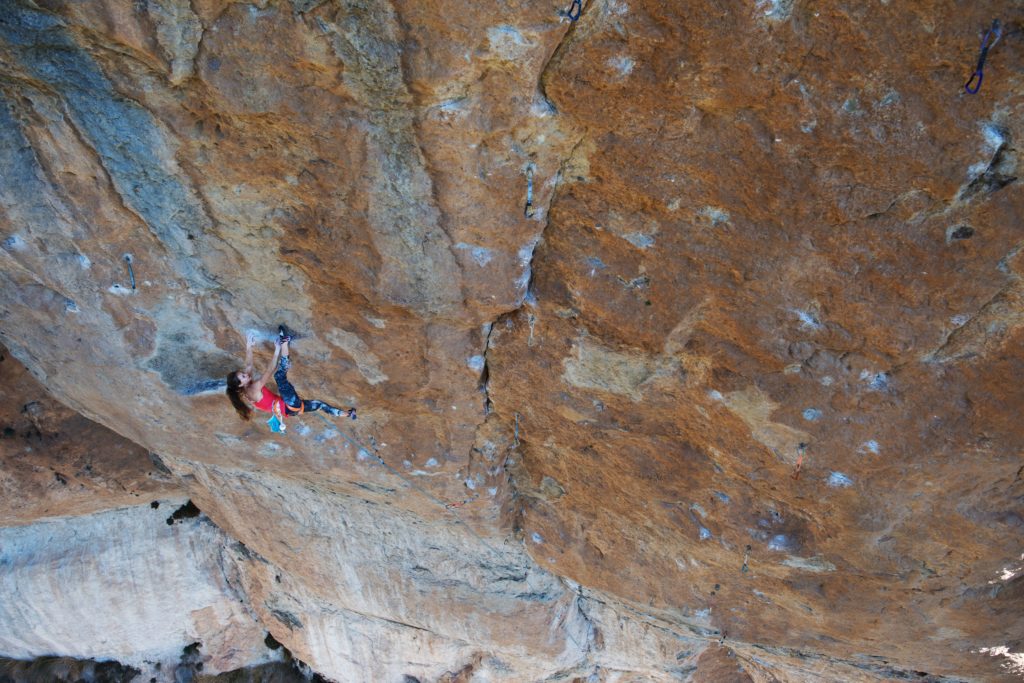
Aaron Farrell
For The Love Of Mary
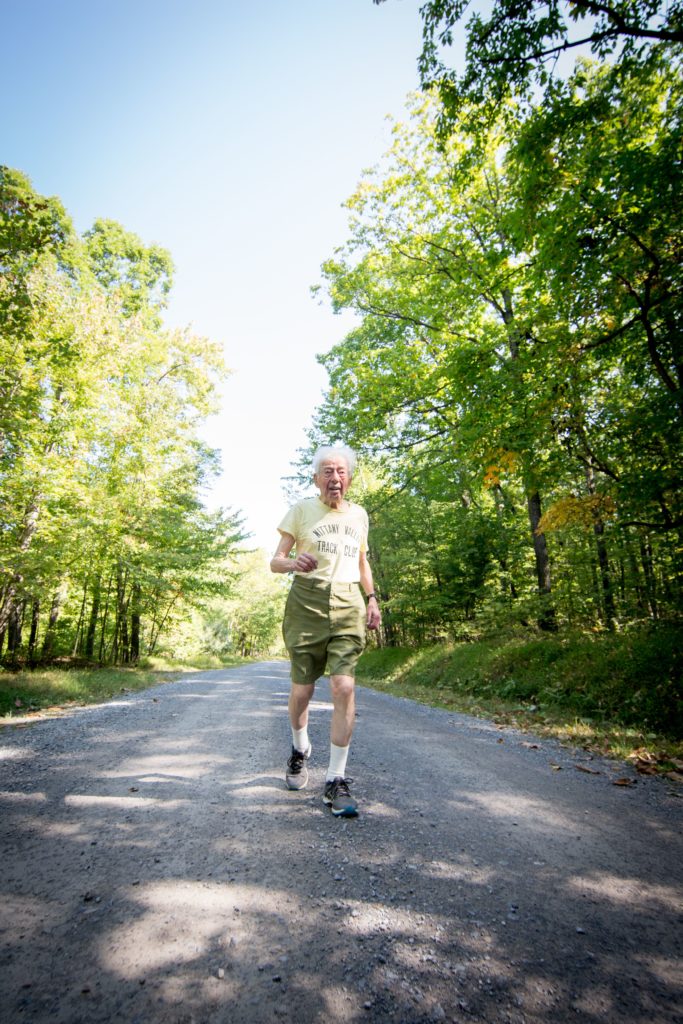
What will you be doing when your 97 years old? The easy answer is nothing as humanity will rightfully be wiped out by climate cataclysms. If that miraculously doesn’t come to pass however, do you think you would be running a 7.6 mile race up Mount Washington in your lucky running shorts gifted by your late wife thirty years prior?
I ask as George Etzweiler is the abundant soul who personifies the answer. This six-minute film is much like the tragic (yet hopeful) beginning of Pixar’s Up (2009) in that it packs a story of lifelong love in such a succinct timeframe.
In recent years, George has accepted help on his Mount Washington races as he is finally starting to slow down but he continues to polish the winding forest roads of Pennsylvania with his padding feet. George is a major dude that not only holds onto the memory of his wife but the humour in life: “I don’t keep track of my heart-rate, I have a pacemaker that takes care of that.”
RJ Ripper 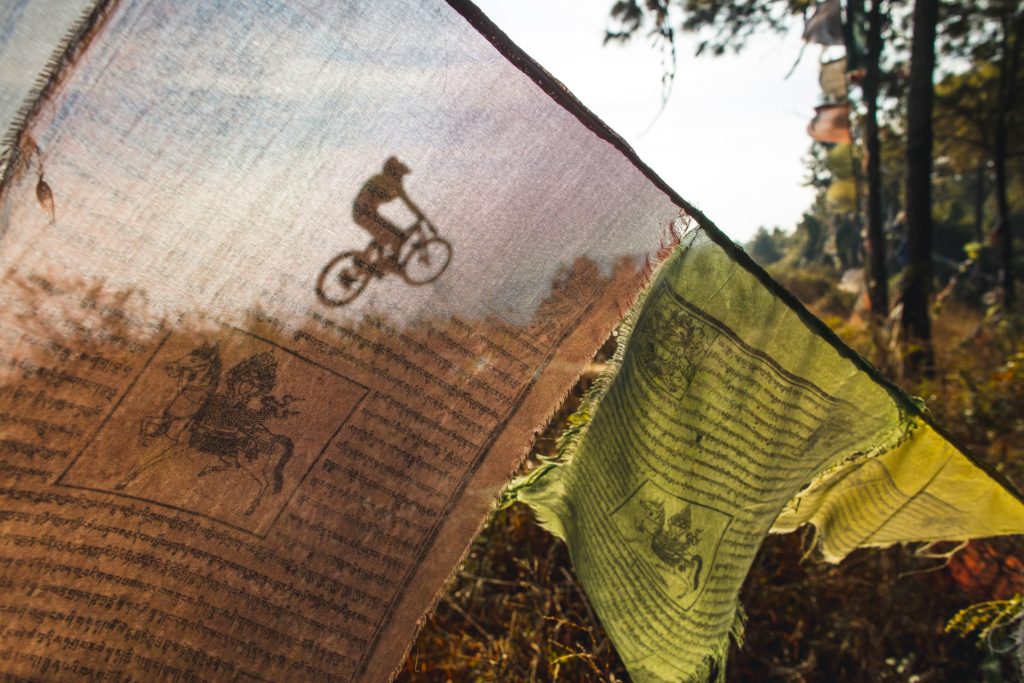
Beginning with ponderous shots of Nepalese temples and day-to-day life in Kathmandu, RJ Ripper soars into its frenetic, inventive camerawork to capture its subject, Rajesh Magar, as he barrels, jumps, skids and wallrides through his home city.
The pristine cinematography never lets up, even during interviews with RJ and his family surrounding their lives in poverty (there were audible gasps from those in the audience who have never travelled Asia and seen the clutter and chaos of an underfunded world trying to maintain our privileged modernity), there is still the keenest eye for reflective photography – in windows, sunglasses, etc.) that compliments the reflections of RJ’s mountain biking journey.
Through sheer grit and passion, RJ overcame his mum selling his first bike for 90 cents by building his own from scrap. And from there, his livelihood was realised. RJ has gone on to become a mountain bike tour guide operating around the dramatic locales of his country but so too has become Nepal’s fastest mountain bike rider.
The only thing holding back this 21-year-old from bulleting down Mount Olympia herself are visa restrictions – which ushers context of the political chaos and clutter from the West in how borders are barriers to diversity.
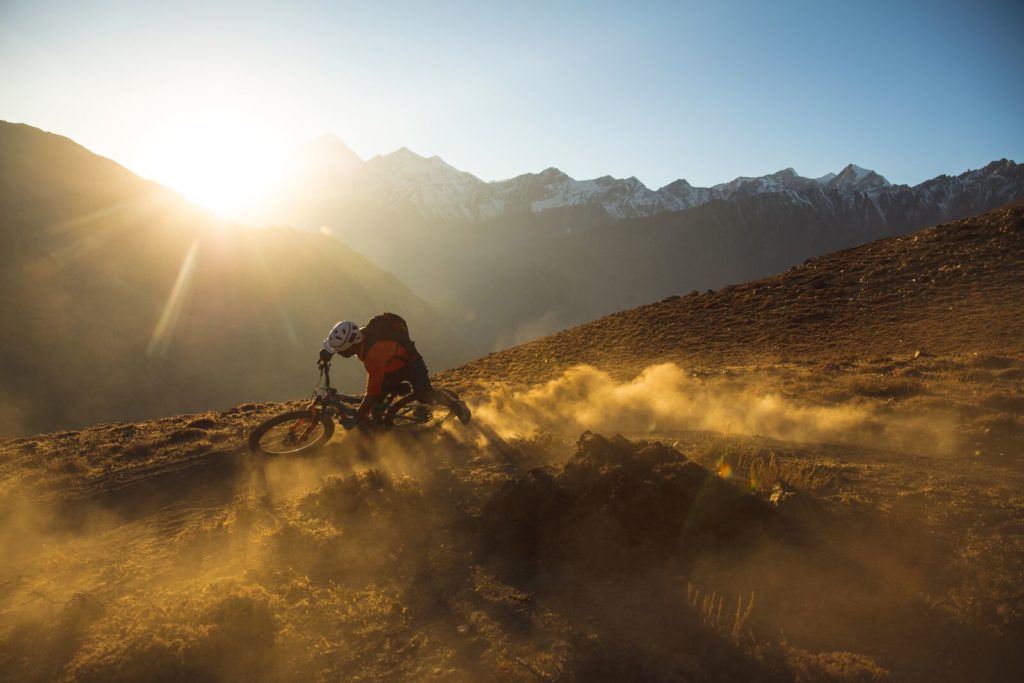
Poverty can rarely be overcome by passion, but RJ’s playful lust for adrenaline-fuelled living allows nothing to stop his ride. And where this film started, like RJ, on the narrow streets, the final shots see him defying gravity and physics as he pedals around the playground of the Himalayas.
Bravo to the director and cinematographer Joey Schusler for giving RJ’s story the ripping visual aesthetic needed to convey his undying love for riding fast on two wheels.
Surviving The Outback
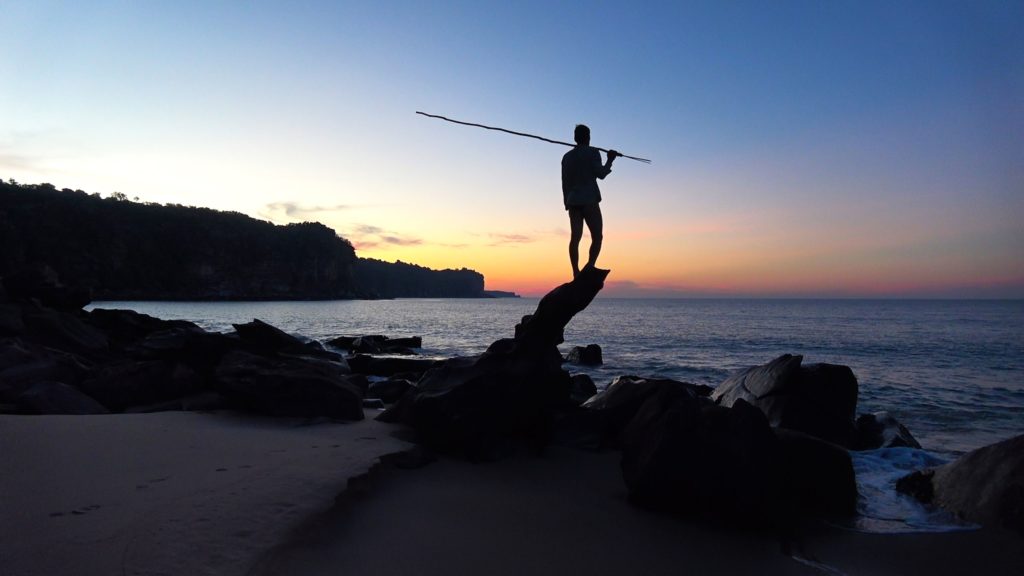
In 1932, two German aviators (Hans Bertram and Adolf Klausmann) flying from Indonesia to Australia crash-landed in the Kimberly (one of the least populous areas on earth), decided to make a go at survival, retrofitted their seaplane into rafts, and tried to take on the terrible beauty of the Outback.
After 41 days, ready to accept death in the shade of a cave, they were saved by Aboriginal peoples native to that natural land who fed, watered and transported them. It’s not a trip you’d see in a travel brochure, and rightly so (not just for the extreme survival elements but because that land rightfully belongs to the Aboriginals and is held sacred by them) but that didn’t stop Australian Defense Force veteran and survival master Michael Atkinson aka ‘Outback Mike’.
He wanted to authentically recreate the journey with everything from using towels as sails and having no two-way communication or means of escape but also, to see if it could be done with the wealth of training he’s had, much of which was from Aboriginal peoples’ intrinsic knowledge of thriving in the harsh climes of the Outback.
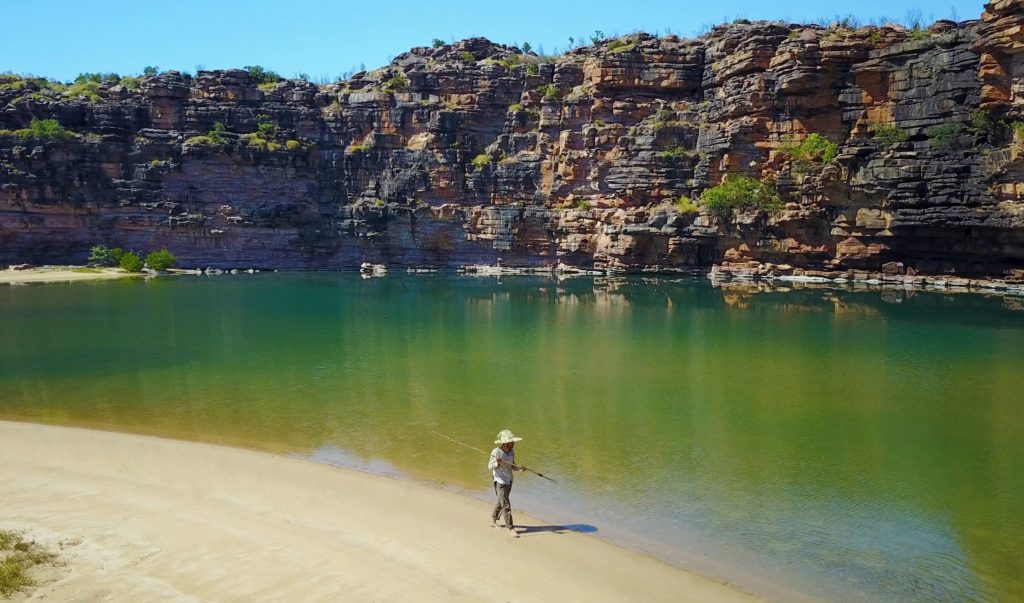
As Mike was going it totally alone, this means he had to shoot the film himself using an array of drones, motion sensor and underwater cameras. This was a job of patience and perseverance in its own right as he had to set up lenses to capture the unfathomable possibilities to give the viewers the truest sense of the scale.
He navigated croc strewn stretches of water, crossed desert land with no access to water (he forgot his waterskin though it would have been in fitting with what the Aviators had to carry their own bio-fuel), sleeps without protection and does it all with an interminable sense of self and, the Australian humour.
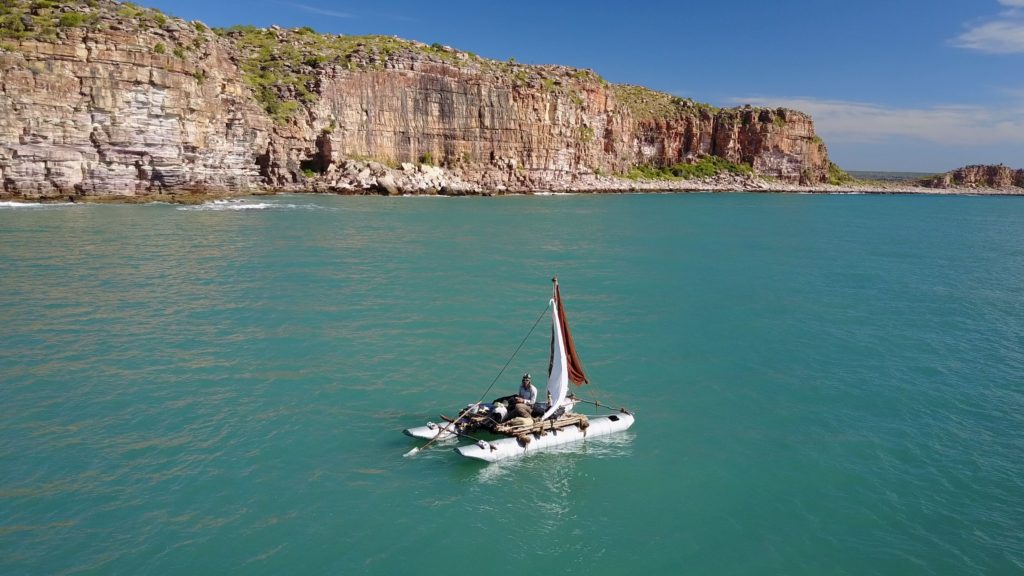
There are hitches, of course, but Mike (like another Mike I met in Shamwari Game Reserve South Africa) is a Swiss-army knife of a human being. Hunger, dehydration and sleepless nights rattle him as his waistline and energy levels shrink, and yet he persists in the footsteps of the Aviators with boyish wonder and surpasses them with beastlike instinct.
And though the trip was prompted by the German pilots’ exploits, it is much more of an earnest ode to the altruistic Aboriginals who, in spite of persecution and prejudice, continue to grant white folks their follies on sacred land. Mike is an ambassador for honouring a people without ever appropriating their culture and a sterling example of the boundless spirit all humanity hold within our flesh and bones.
Disclaimer: Surviving The Outback only enabled my not-too-distant dream of emigrating to my spiritual home of Australia. It may inspire you to want to go there too. Albeit not to commercialise the great untouched wilderness of Kimberly but to meet the welcoming and warm peoples as abundant as whining kookaburra birds.
Rogue Elements: Corbet’s Coloir

The most feared ski run in America: Corbet’s Colouir. Few skiers and snowboarders have managed the sheer white decline seamlessly. No mountain bikers have. Enter Casey Brown and Cam McCaul whom share a tenacity for the unfathomable.
Over the course of The War and Treaty’s rousing song ‘Hi-Ho’, Cam and Casey attempt to tame their metallic steeds as gravity insists on speed. It is a truly exhilarating experience as those bikes just don’t seem to fit the snow-strewn jigsaw puzzle.
Each drop or skid presents the possibility of what would be gnarly wipe-outs and yet they pound the slopes on their two wheels of rubber. A skier is also in pursuit to give context for the levels of insanity it would take to attempt this mountain in any shape or form.
Liv Along The Way

Liv Sansoz, a former base jumper and world champion sport climber gives truth to the worn term ‘accident prone’. Throughout a life lived in search of excitement, adventure and challenge, she has seen more accidents than the cast of Jackass and Nitro Circus combined. Yet she persists.
After a belayer dropped her from up high, she recovered from a broken back and, learning she could no longer climb, then took up base jumping. Another accident has seen her accept hiking to mediate her desire for the mountain life. Naturally, she wanted to go big and summit all 82 of the 4,000m peaks in the European Alps. No ski lifts or helicopters (until another injury), simply a hike up and ski or paraglide down.
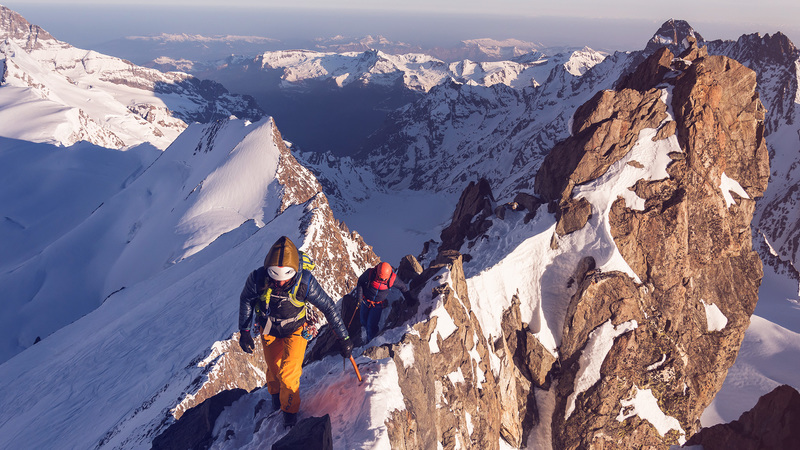
Liv’s desire to do all of this in a year is ambitious but not unattainable for a woman who cannot give up on her varying pursuits of happiness. Through interviews from Liv and friends and family, we gain context of her unbreakable mind – if not body.
The Alps present a gorgeous setting for this endeavour as filmmakers Mike Douglas and Anthony Bonello try to keep up with Liv. Some of the summits appear to be metre long flat-tops of rocky totems teetering atop a mountain, and yet she stands there, visually ingesting the mountain ranges she’s already roved. The film is indicative of Liv’s motto: ‘Keep it simple, keep it fun, live it!’
Reel Rock: Break on Through
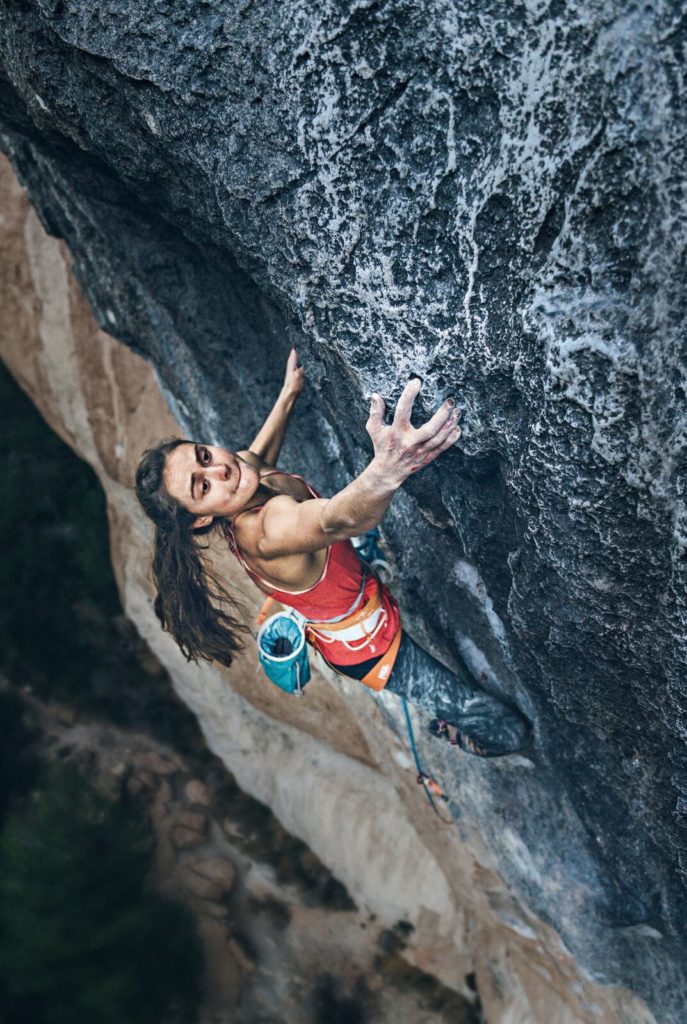
As the film begins, it seems not many rock-climbing legends such as Chris Sharma, Lynn Hill and Alex Honnold had heard of 19 year old Margo Hayes until she began trying the incredulous sport-climbing grade of 5.15. Lynn Hill likens it to the mystery of a four-minute mile.
Only a handful of male climbers had ever mustered the skill, expertise and persistence to conquer a 5.15. The female climbing community was still waiting for their messiah to break on through.
During Margo’s 19 years, she was selected for the US Gymnastic Olympic B team as a kid and was upset that it wasn’t the A team. Her parents would find lists around the house with Margo’s hopes that would probably make any of the aforementioned legends blush. Her mentality hunts for greatness, even if her body doesn’t keep up – she’s broken her foot seven times, one incident of which she continued her gymnastic class. She was still in elementary school; where most of us would cry at a splinter.
Whatever she does, silver or bronze isn’t enough. ‘When I sense others doubting what I can do, my determination triples’, she says on voiceover as a clip shows her attempting a 5.15 in Spain to the ogling dismay of some of the men below.
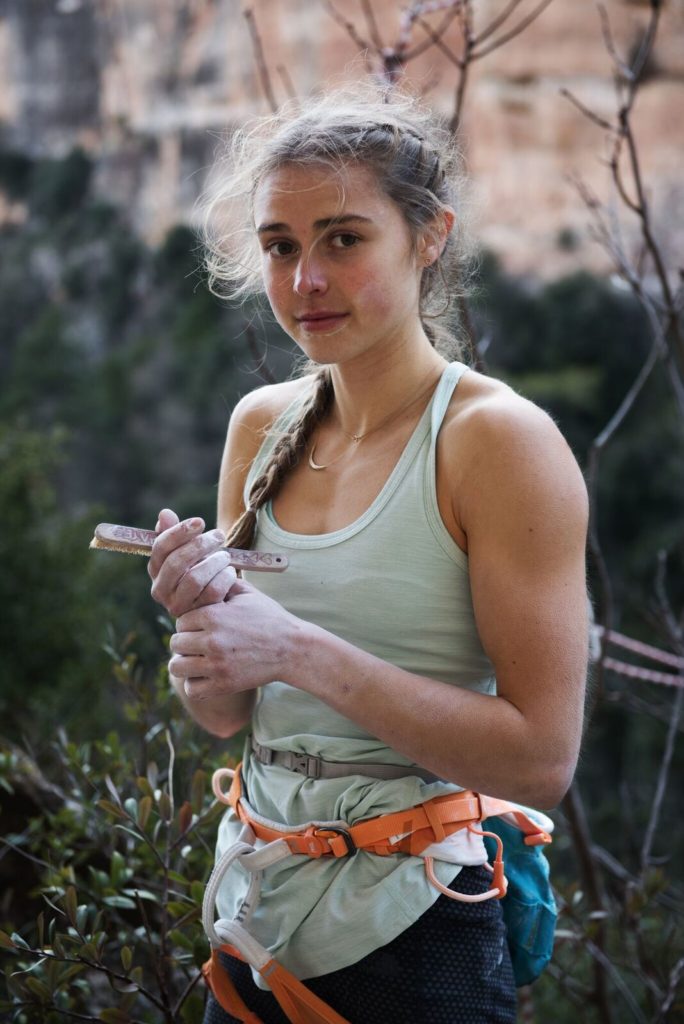
Through Margo’s own perspective, the wealth of industry expert interviews and climbing clips that summoned not only tears from my eyes but genuine sweat from my palms, Break On Through honours the indomitable, indestructible, indefatigable woman who gives the filmic feminist performance of the year.
Where Lynn Hill admitted that, during her climbing career, she wanted to prove the naysaying males wrong, Margo Hayes only wants to prove herself right. That she is capable of anything. With humour and heart that many would say surpasses her years, Margo is the proof that age, gender or any other socio-political determiner means shit in the mutable face of vehement determination.
At only halfway through the thirty-minute film, Margo achieves her goal in a sequence so tense many mainstream Hollywood films could only use witchcraft to achieve. Then comes another challenge to be met.
After every fall, Margo yanks herself back up to try again. At each bloodied finger, she laughs amused, sucks away the blood and chalks up again. At every possible opportunity, she embodies a hero of a new generation. That we don’t have to be any one thing. But instead, a collectivised version of abundant humanity in whichever skin we live in.
Whoever hasn’t seen this rousing film and tries to tell Margo she can’t do something; surmount a 5.16, become President of the US, link humanity and alien life with her sheer effervescence, they’ll be converted in a blink as she disarms their disbelief with dignity. This is the best superhero origin movie I’ve seen since Wonder Woman (2017), and fittingly so.
Inspiration
‘Indomitable’ could be the key word to all on show of the Red Programme of the Banff Mountain Film Festival. Each film peeling back another layer of definition for each of their subjects gargantuan spirits.
Though I was allowing my depression and anxiety to suffocate me the week preceding the festival; with everything from Brexit to The Mueller Report and the apathy toward our planet’s increased demise, each film bestowed me with hope and offered my cynicism and disdain respite as I was transported around the world through the medium of film. If you suffer with mental health, then seek help, talk to friends and family and know you are not alone. And other than professional help, the natural world, through film or on foot, always soothes the soul with the knowledge that for all those sacrificing it, there are as many holding it sacred.
Perhaps we can’t all bust out a 5.15 or survive the wilds of the Outback, but we can use those achievements as inspirations for our own passions. Indomitable, indeed.
Thank you Banff Mountain Film and Book Festival for collectivising the wonderful symbiosis of people and planet.
For more information on the films, the festival or the dates and venues you can still catch these films at, check out https://www.banff-uk.com/
Support our Nation today
For the price of a cup of coffee a month you can help us create an independent, not-for-profit, national news service for the people of Wales, by the people of Wales.




